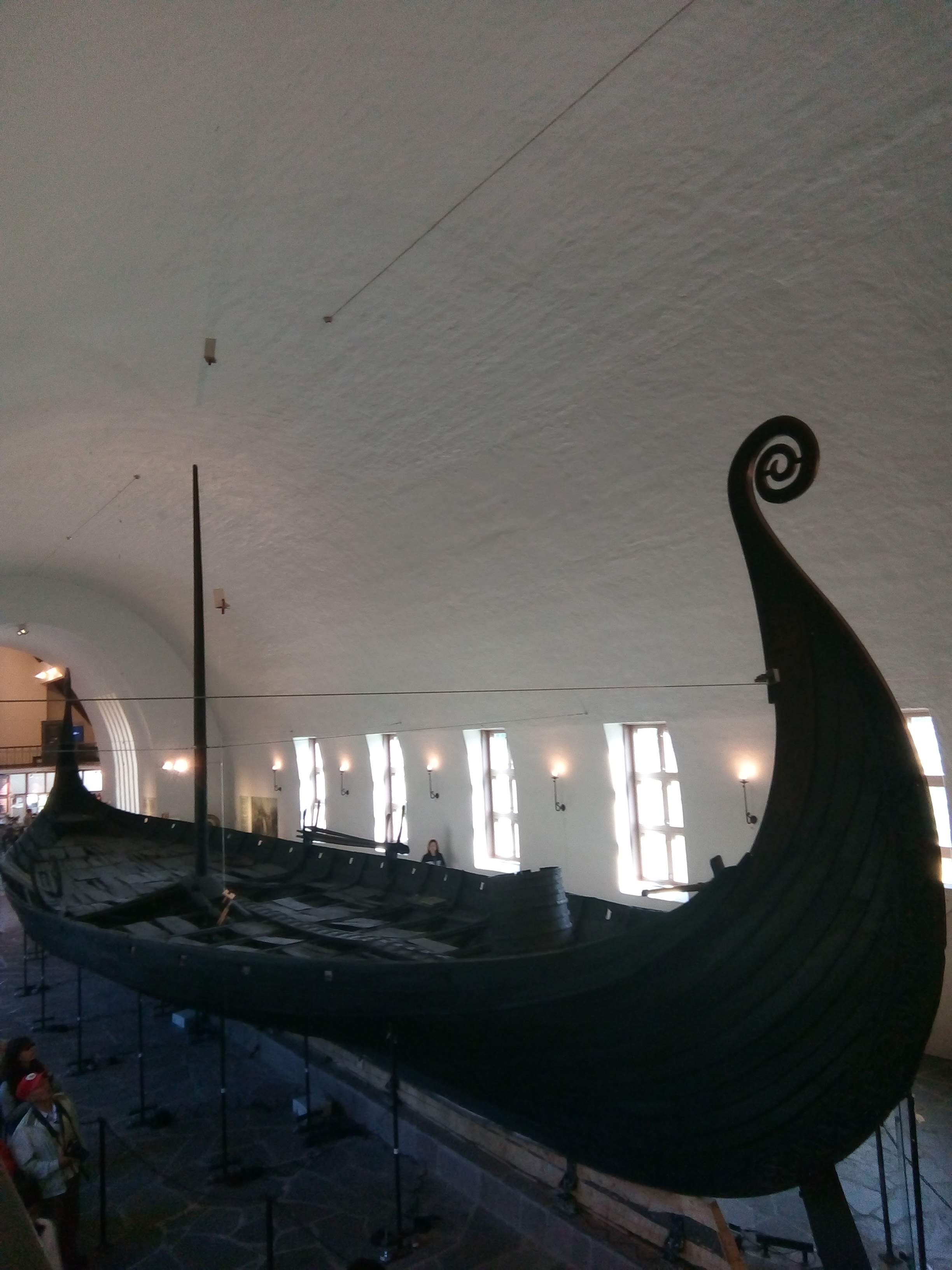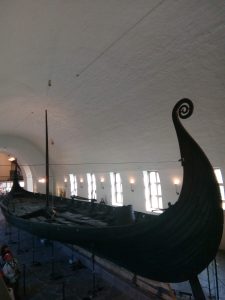As my research is mainly based in Marxist theory, a lot of it has to do with considering the ways in which the form of an artwork functions; that is, how the form itself either reflects or is capable of resolving certain conceptual antimonies that occur on the level of content — for instance the representation of class struggle staged within a text or even the antagonism between local ideological oppositions that figure in the discourse of the work itself. So, at this point, I’m reading a lot of material from the Frankfurt School (Adorno and Benjamin in particular) and also some more properly ‘historical’ work; most of this is either related to the emergence of Social Democracy as a historical phenomenon or the recent history of Norway and Sweden.
I’m also particularly interested in the function of the author in contemporary literature and the way in which the form of the novel has transformed throughout the 20th century up to the present. For this reason I have also been reading some of Bakhtin’s essays from The Dialogic Imagination (1975), in which he sets out a theory of the novel and a kind of literary philosophy of language. The central problematic I’m considering in my own analysis of Knausgaard’s text, is the way in which the limits and possibilities of representation in different historical periods influence the work; so what I’m currently wrestling with is how interpretations of a text are equally taken into the fold of a larger imminent horizon of historical transformation – that being said, my research is going to have to focus more on the contextual problems at stake; namely, the crisis of representation in postmodernity, the global expansion of capitalism and the challenges social democracy faces in the present.


